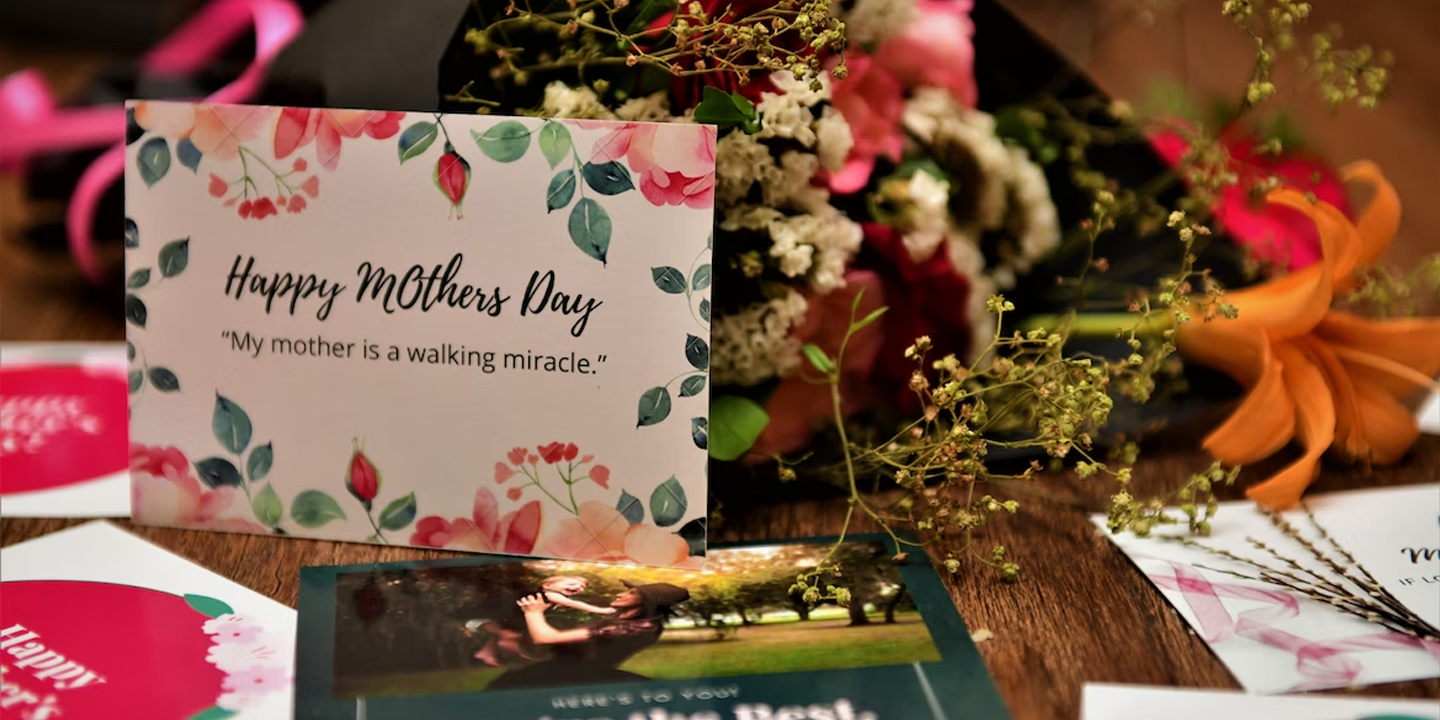Date Like A Bridgerton - Here's What Dating Looked Like in the Regency Era
Did you love watching Bridgerton on Netflix? If you binged all the seasons, you probably fell in love with the romance and the era it was set in. Today, we're going to make your dreams come true and share exactly what it would feel like if you stepped into the shoes of Daphne Bridgerton. Here's what it would feel like to date a Bridgerton!
1. Chaperoned Encounters
During this time in history, the Regency period followed a couple of strict guidelines when it came to dating. For one, it was scandalous for a young, unmarried woman to ever be left alone with a suitor. That's where chaperones came into play - often an older female relative, they were always present to watch over these "private" interactions. They needed to ensure propriety was being maintained at all times.
 Madamebiblio on Wikimedia Commons
Madamebiblio on Wikimedia Commons
2. The Importance of Dance
Dancing during this period was far more than just a social activity, it was a critical part of courtship. Extravagant balls and dances provided opportunities for young people to meet potential suitors - just think of it almost like online dating. And you best pray that you don't have two left feet because the ability to dance well was very highly regarded. If two people showed mutual interest, sharing a dance was often the first step towards the courting stage.
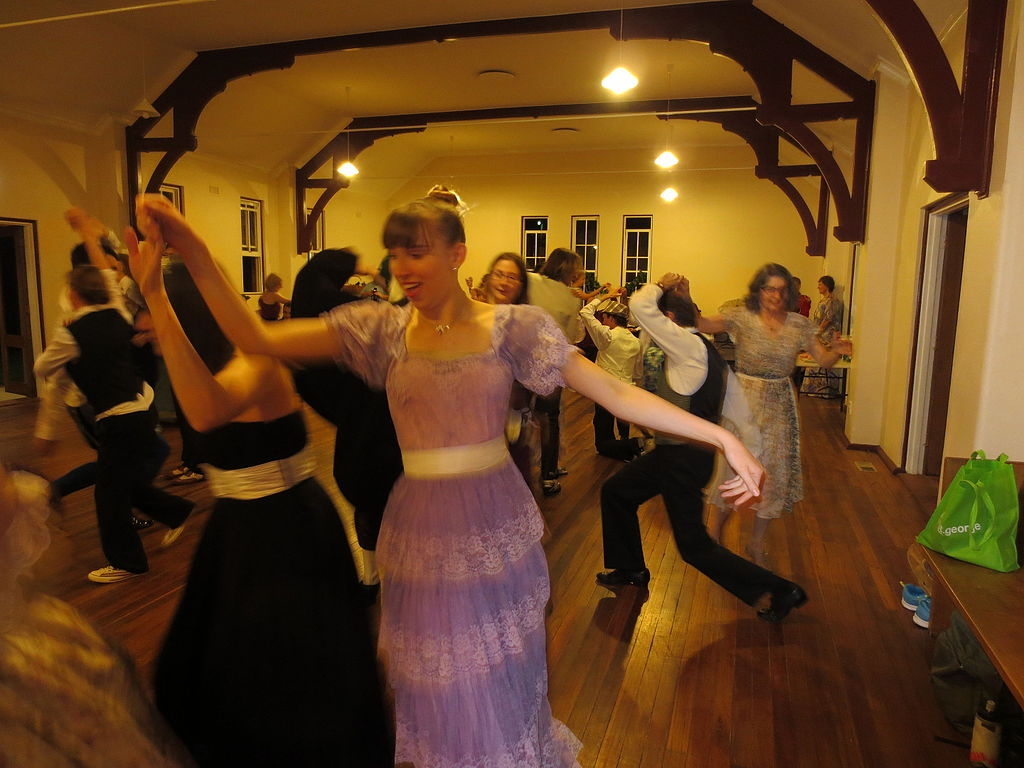 John Hewat of Canberra, Australia on Wikimedia Commons
John Hewat of Canberra, Australia on Wikimedia Commons
3. The Language of Fans
Fans weren't just carried around for the sake of cooling oneself down, women used fans as a means of communication. Subtle gestures using a fan could convey expressive messages, flirtation, and even rejection. It provided young women with a chance to communicate their interest or disinterest discreetly without any words.
 Photo by Daniel Apodaca on Unsplash
Photo by Daniel Apodaca on Unsplash
4. Calling Cards and Visits
Similiar to the concept of business cards today, calling cards (also called visiting cards) were a necessary item for any man courting a woman. Suitors would leave these cards behind at the homes of ladies they were interested in. If the lady returned his feelings and wished to pursue the relationship, she could then invite the gentleman for a visit, which of course was a formal and supervised meeting.
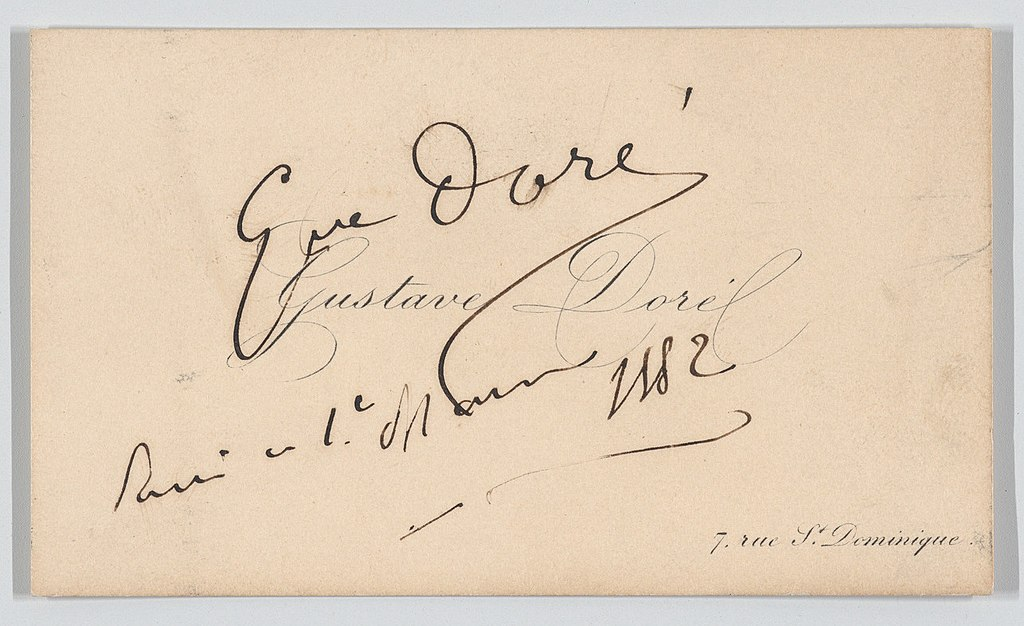 anonymous on Wikimedia Commons
anonymous on Wikimedia Commons
5. Letter Writing
Hard to imagine a world without cell phones and instant messaging right? In this era where instant communication doesn't exist, handwritten letters were the main source of keeping in touch, especially in long-distance courtships. Each letter would be carefully crafted, often poetic and thoughtful, and was a crucial way for couples to develop and sustain their relationship.
 Photo by Álvaro Serrano on Unsplash
Photo by Álvaro Serrano on Unsplash
6. The Role of Family
Families play an important role in relationships nowadays, but back then, they had an even greater significance. Marriages during the Regency Era were often arranged not just for love, but for social, political, or financial reasons. Parental approval was absolutely essential, and a family's reputation could greatly influence a young individual's prospects. It's all about the social hierarchy in this age.
7. Public Promenades
Public promenades were important for two reasons. One, it was another opportunity for young men and women to interact with one another. And two, for couples, walking in public gardens or promenades was a popular way for them to be first seen in society together. It was a chance for the couple to spend time together and chat in a public setting.
8. Carriage Rides
During the Regency era, people heavily relied on carriage rides to get around. For young couples, it offered a bit more privacy compared to a public setting, though it was still of course, supervised. But for two young individuals, taking a carriage ride together was considered a significant step in courtship. It was an indication of seriousness!
 Photo by Anastasiya Badun on Unsplash
Photo by Anastasiya Badun on Unsplash
9. The Season
"The Season" in London during this period of time was a crucial time for any young suitor or eligible maiden; it was a time for socializing and courting. Young women of marriageable age would be presented in society, where they would then attend a series of balls, parties, and events that were designed to showcase them to potential bachelors.
 Photo by Diogo Nunes on Unsplash
Photo by Diogo Nunes on Unsplash
10. The Art of Courtship
Don't treat courtship as lovey dovey nonsense, courting back in these days was like an art. It had its own set of rules and etiquette to be mastered. From the way you spoke to the way you dressed, every little detail was scrutinized and could deeply impact a person's prospects. Subtle flirtation and the art of conversation were two skills considered essential for both men and women.
 Caspar Netscher on Wikimedia Commons
Caspar Netscher on Wikimedia Commons
11. The Morning Call
A morning call is more or less exactly what it sounds like. It was a formal visit from a young gentleman where he'd visit a lady's home during the morning hours. It was a respectful way for the suitor to display his interest in the maiden, and for her family to see him in this new light. It was also a respectable way to further his courtship intentions and show the seriousness of his actions.
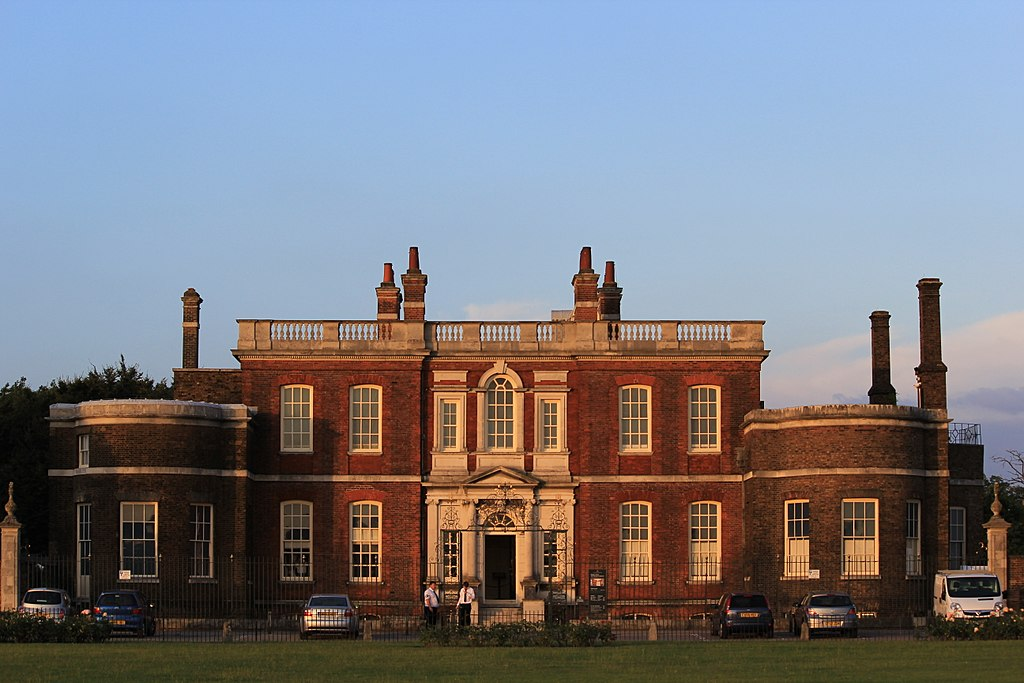 Katie Chan on Wikimedia Commons
Katie Chan on Wikimedia Commons
12. The Importance of Social Status
It's not surprising to hear that social status played a major role in Regency courtship, but also just during this time period overall. Marriages were often seen more as a means to climb the social ladder or secure one's position within society rather than an act of love. After all, matching with a person who had higher status than you was highly sought after.
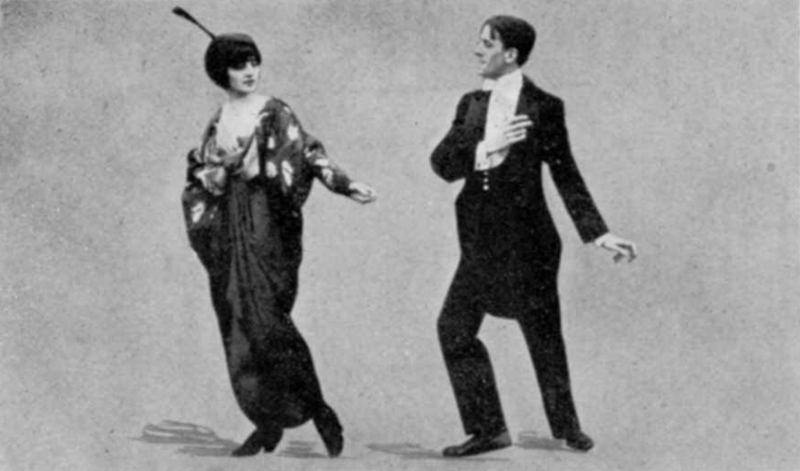 Troy Kinney on Wikimedia Commons
Troy Kinney on Wikimedia Commons
13. Courtship at Social Events
Besides extravagant balls, other social events like picnics, tea parties, and musical evenings also served as opportunities for courtship. These social events allowed young couples to interact in a variety of settings. It gave them a chance to show off their social skills, but also explore their compatibility.
 Photo by Sincerely Media on Unsplash
Photo by Sincerely Media on Unsplash
14. The Etiquette of Touch
As you probably suspected, physical contact during courtship was very scandalous and a big no-no. Any physical touch would be very minimal and heavily regulated by proper etiquette. Even small gestures which people nowadays wouldn't even blink at, like a gentleman offering his arm to a lady, were full of hidden meanings and signs. Such a touch would be considered incredibly significant in the courtship process.
 Photo by Bailey Burton on Unsplash
Photo by Bailey Burton on Unsplash
15. The Role of Literature
Literature such as romantic novels and poetry, greatly influenced how Regency courtship was shaped. It formed expectations and ideals when it came to relationships and how romance should be. Furthermore, reading and discussing literature was highly praised, and was a common way for couples to connect and share their thoughts and views.
 Photo by Patrick Tomasso on Unsplash
Photo by Patrick Tomasso on Unsplash
16. Seasonal Courtship
Despite what you may think, courtship was pretty limited by season. Courtship followed the social calendar, with the spring and summer seasons being particularly active and eventful thanks to the abundance of social events. But during seasons like winter, it was evidently more quiet, with far less opportunities for social interaction. So if you were a young maiden looking to find the perfect suitor, you'll just have to wait for spring.
 Photo by Simon Berger on Unsplash
Photo by Simon Berger on Unsplash
17. Horseback Riding
Horseback riding was a popular pastime in this era, but strangely enough, it was also a means of courtship. Riding together allowed couples to enjoy a sense of freedom and privacy shared together, although it was still under the guise of a leisure activity. And of course, it would always be heavily watched with careful eyes.
 Photo by Louise Pilgaard on Unsplash
Photo by Louise Pilgaard on Unsplash
18. Courtship Correspondence
As mentioned already, handwritten letters were incredibly important for maintaining long-distance courtships. But it wasn't just letters, there were other forms of romantic written correspondence like poems and notes. These little romantic gestures were often exchanged during social events or discreetly passed along through trusted individuals.
 Photo by John Jennings on Unsplash
Photo by John Jennings on Unsplash
19. The Influence of Art and Music
As with any important period in time, art and music were incredibly important and influential. This rings true to the Regency society and the act of courting. For young men and women, attending concerts, opera, or art exhibitions were additional opportunities to meet, but they also displayed their talent and love for the arts.
 Photo by Marius Masalar on Unsplash
Photo by Marius Masalar on Unsplash
20. The Endgame: Marriage Proposals
The endgame to any relationship is of course, the marriage proposal. After consulting with the lady's family, the young suitor would orchestrate the proposal, signifying the end to a successful courtship. It was a rather formal affair, and once all agreements were reached, plans for the wedding would start.






